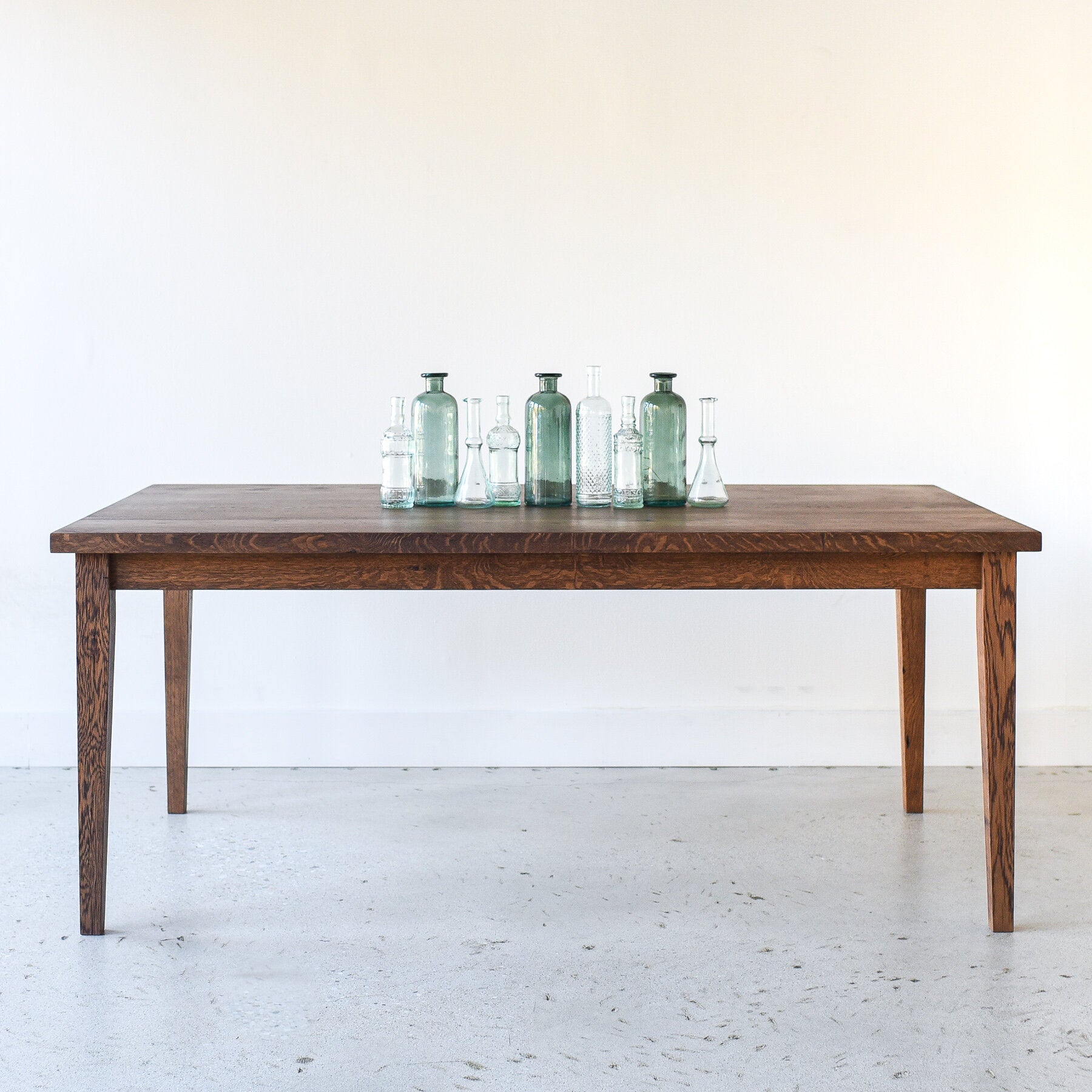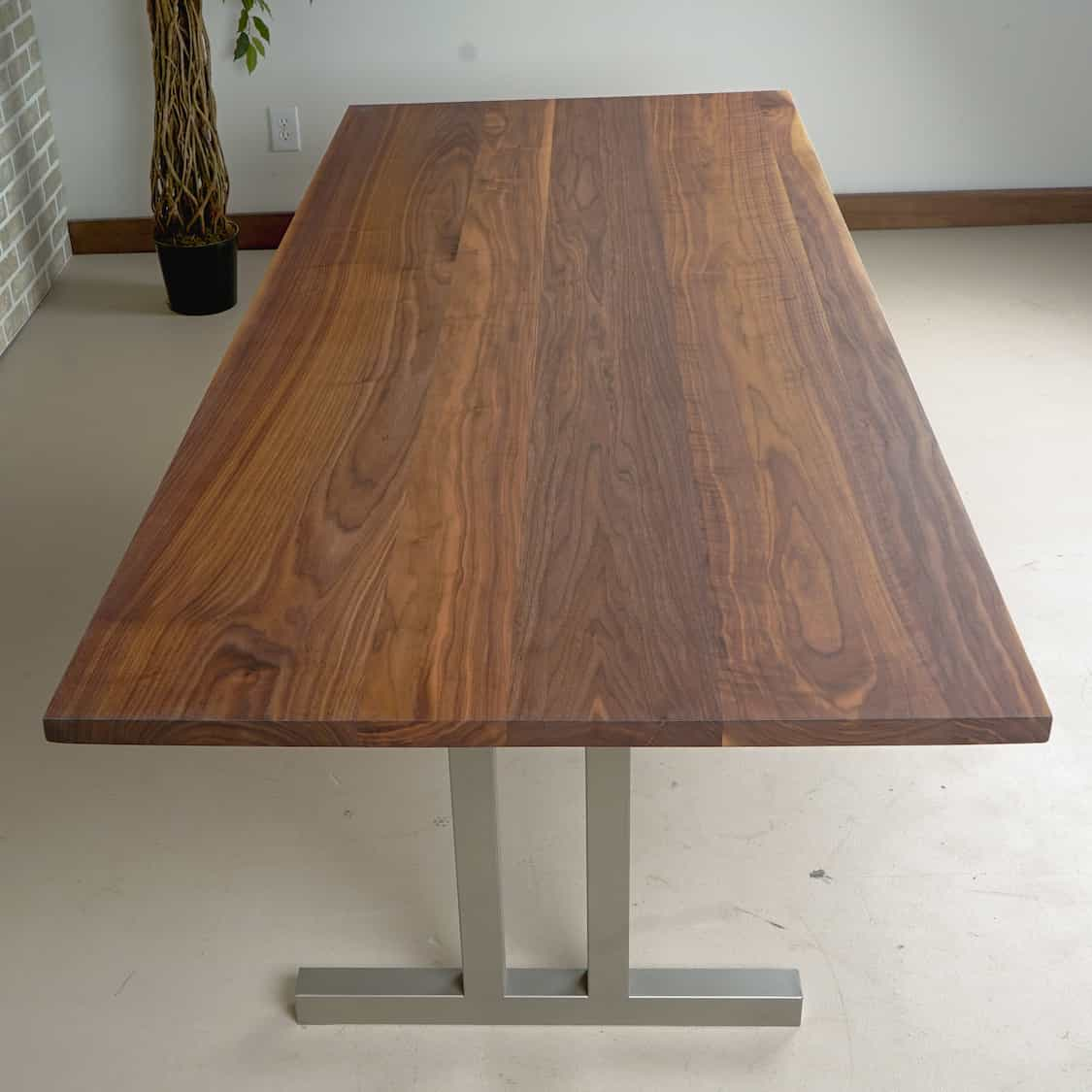Upgrade Your Table's Appearance with Attractive Dining Table Legs Wood Layouts
Upgrade Your Table's Appearance with Attractive Dining Table Legs Wood Layouts
Blog Article
Discovering the Different Types of Table Legs Wood for Your Dining Room
The choice of dining table legs timber can exceptionally affect both the visual and functional top qualities of your eating room. Solid timber options, such as oak and walnut, supply a timeless look with unequaled toughness, while engineered wood choices provide innovative designs that simulate the richness of natural grains. Furthermore, the expanding pattern of reclaimed wood introduces a sustainable component that interest ecologically mindful consumers. As we check out these numerous alternatives, it becomes important to take into consideration not only the aesthetic allure however likewise the functional implications of each material selection. What elements should guide your decision?
Strong Wood Options

Unlike engineered materials, solid timber is less prone to warping and damage over time when appropriately preserved. Each piece of solid timber is unique, showcasing private characteristics that include to the appeal and character of the eating table.
Furthermore, solid wood can be finished in many methods, ranging from natural oils to stained surfaces, allowing house owners to personalize their furnishings to match their design. In summary, picking solid wood for eating table legs not only makes certain structural honesty however additionally improves the visual charm of the dining area, making it a rewarding financial investment for any kind of home.
Engineered Wood Alternatives

Plywood, created from several layers of timber veneer, is specifically solid and steady, making it an exceptional selection for dining table legs. Its split structure enables it to hold up against modifications in moisture and temperature better than typical strong wood. MDF, on the other hand, offers a smooth surface for paint or veneering, allowing developers to achieve a sleek appearance while preserving architectural integrity.
Particleboard, frequently made use of in affordable alternatives, supplies good stamina and is lightweight, making it easier to take care of. However, it might not be as resilient as plywood or MDF. It is necessary to take into consideration the intended usage and preferred aesthetic when selecting engineered timber choices. These products not just improve the capability of dining spaces but likewise enable for greater design versatility, making sure that standard and modern styles can coexist harmoniously.
Reclaimed Timber Features
Recovered wood supplies an one-of-a-kind blend of sustainability and character, making it an increasingly popular choice for dining table legs. Sourced from old barns, manufacturing facilities, and various other frameworks, redeemed wood symbolizes a history that new materials merely can not replicate. Each piece lugs its own tale, noted by unique imperfections, knots, and varying grain patterns, which contribute to a table's one-of-a-kind aesthetic appeal.
In addition to its visual beauty, reclaimed timber is an ecologically pleasant option. By repurposing formerly made use of products, it lowers the need for brand-new lumber, thus assisting to preserve woodlands and decrease waste. This aligns with an expanding customer choice for sustainable techniques in furnishings.
Moreover, recovered timber is typically extra long lasting than freshly collected wood due to its age. The all-natural drying out procedure that redeemed wood undergoes lead to a denser and more powerful material, making it less susceptible to warping and splitting. This enhances the long life of eating tables, allowing them to stand up to the roughness of daily usage.
Softwood vs. Hardwood
When picking table legs, recognizing the distinctions between softwood and hardwood is critical for accomplishing both practical and visual objectives. Softwoods, stemmed from coniferous trees, such as pine and cedar, are identified by their lighter weight and ease of adjustment. They typically exhibit a more rustic appearance, making them appropriate for laid-back or country-style eating spaces. Softwoods are typically less resilient than woods, which can be a consideration for households or those seeking durability in their furnishings.
On the other hand, woods, sourced from deciduous trees like cherry, maple, and oak, are renowned for their density, stamina, and toughness. The detailed grain patterns and rich colors of woods provide a advanced and classic charm, making them excellent for formal eating setups. While hardwoods often tend to be much more pricey and much heavier, their resilience versus wear and tear often validates the financial investment.
Inevitably, the selection in between softwood and wood for eating table Full Report legs must line up with your design vision, usage needs, and budget, ensuring that your dining area mirrors your personal style while staying functional over time.

Therapies and finishes
The aesthetic appeal and durability of eating table legs can be significantly improved with various surfaces and therapies. These procedures not only shield the timber from damage however likewise elevate its appearance, enabling it to match varied interior designs.
One typical therapy is staining, which permeates the my site wood and enhances its all-natural grain while including shade. Spots supply an abundant, elegant appearance, allowing home owners to match their furniture with existing design. On the other hand, clear surfaces such as polyurethane or varnish create a safety layer without altering the wood's initial shade, ensuring durability against deterioration.
Additionally, all-natural oils, like tung or linseed oil, nurture the wood and provide a subtle shine, all while being green. These oils enable the surface to take a breath, protecting against moisture buildup and possible warping.
For those seeking a rustic appeal, troubled or weather-beaten surfaces can be put on create an aged look, adding character to the piece. Eventually, the selection of therapies and surfaces depends upon individual choice, wanted aesthetic appeals, and the certain wood type, making it important to consider these elements when choosing dining table legs for your space.
Verdict
In conclusion, the selection of table leg products considerably influences both the aesthetic and practical aspects of a dining room. Solid timbers, engineered options, and reclaimed choices each deal distinct advantages, dealing with more tips here various preferences and needs. Understanding the distinctions in between hardwoods and softwoods, together with ideal coatings and therapies, enables educated decision-making. Inevitably, the option of wood kind ought to line up with desired style, durability, and environmental considerations, improving the total dining experience.
The choice of eating table legs wood can exceptionally influence both the functional and aesthetic top qualities of your dining room - Dining Table Legs Wood. Strong wood options, such as oak and walnut, supply a traditional look with unmatched toughness, while engineered timber alternatives provide innovative layouts that simulate the richness of all-natural grains. Strong timber provides a classic high quality that can boost the overall style of an eating space. Each piece of strong wood is distinct, showcasing specific qualities that add to the beauty and character of the eating table
Moreover, recovered timber is usually extra sturdy than freshly harvested timber due to its age.
Report this page